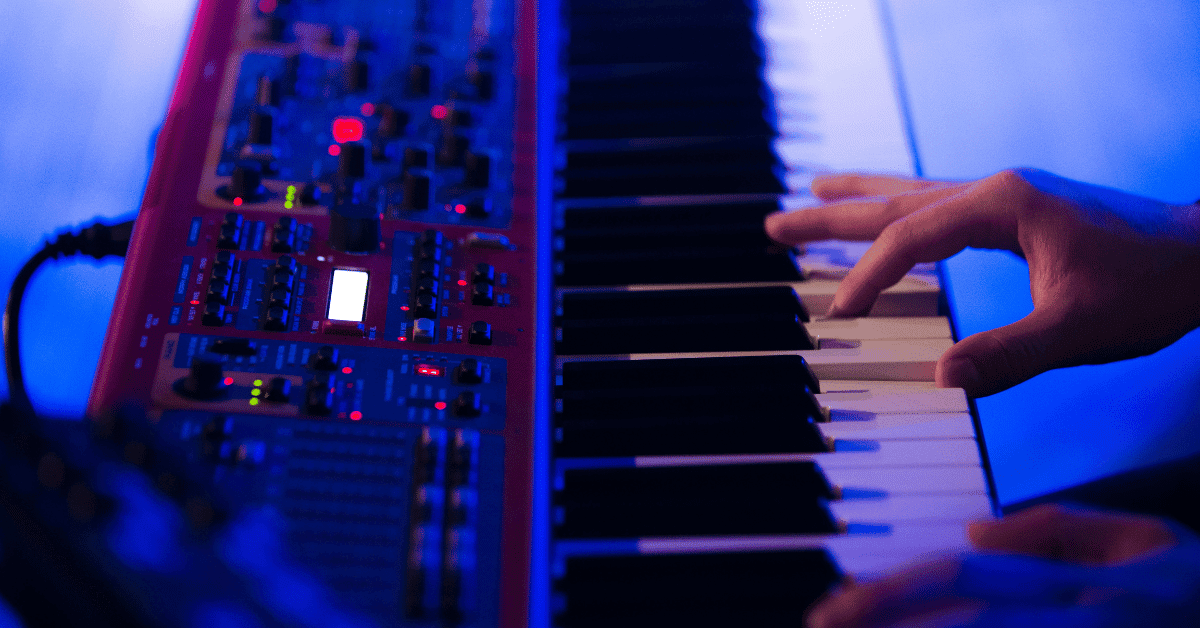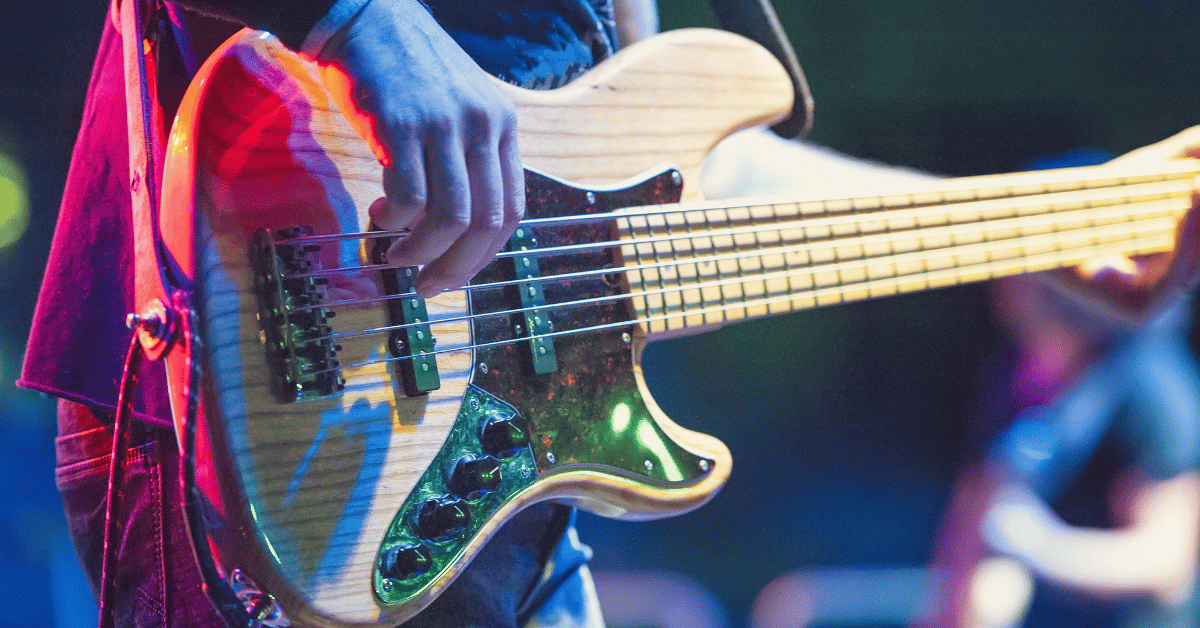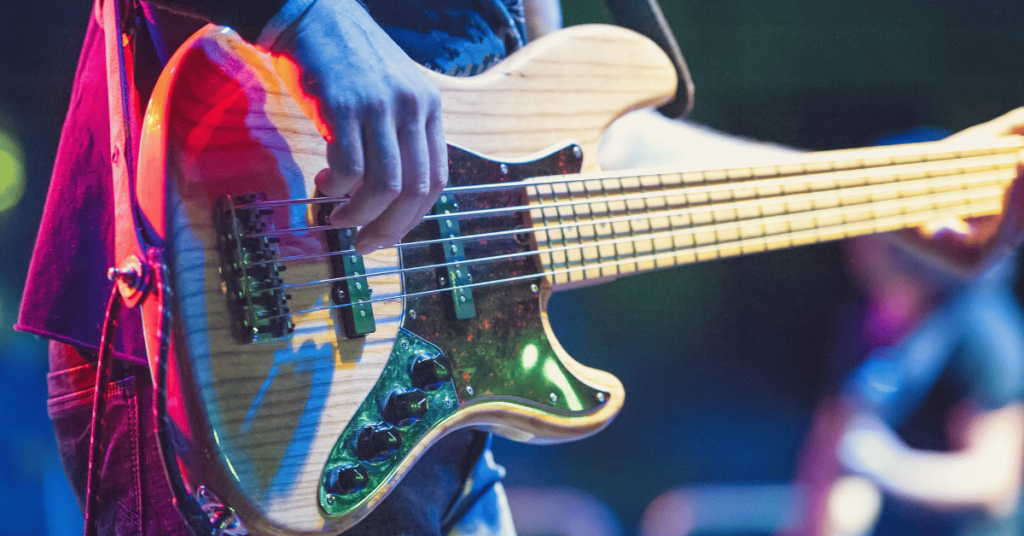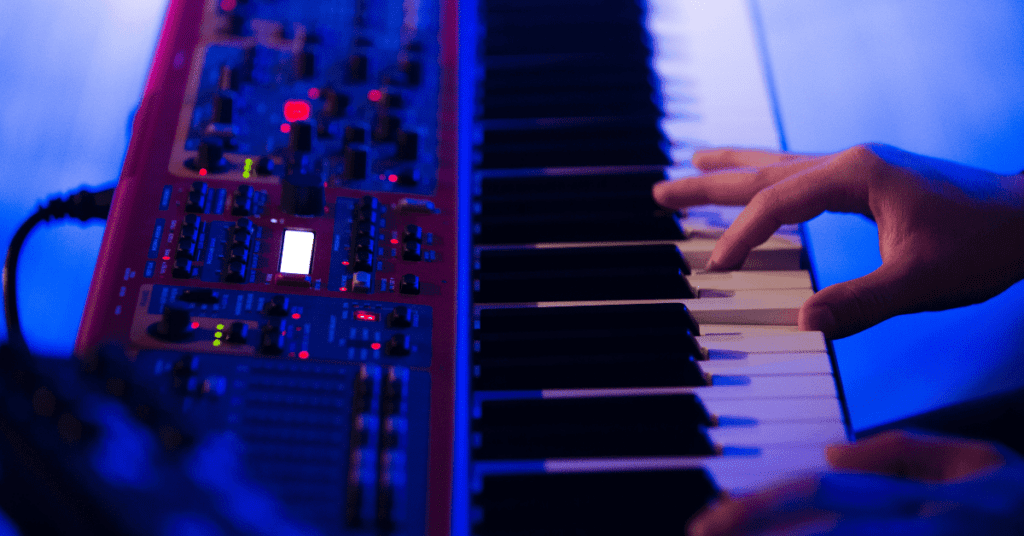Music is alive and breathing – so is your guitar playing. If you’re not giving your notes enough energy and emotion, you will choke the life out of your sound. This is where vibrato comes into play.
Vibrato is relatively easy to do, but difficult to do with style. Some reading this may think this is an elementary concept to talk about, but I would actually bet that many aren’t using it to its full potential. I see many good guitarists who can play accurately with solid tone but come across as rather sterile due to lack of vibrato.
Vibrato is simply bringing a note or chord in and out of pitch.
The best thing about it is that everyone develops their own style because there are many types, combinations, speeds, and depths. I’m going to review 5 different types (from my personal definitions) that you can use to develop your own sound.
Vertical
This is what most people imagine when they think of vibrato.
The string is moved in a vertical motion (perpendicular to the string) using the wrist (not so much the fingers). Most people I know anchor their thumb around the top of the neck and pivot on the space between the thumb and index fingers. However, some greats, such as B.B. King, were known to let their hand float off the neck. I personally feel like this technique bends the string downward and back more so than up and down, but there’s definitely both motions involved.
From a sonic standpoint, subtly adding this in makes most notes, and even certain chords, sound fuller. I try to not overdo this type of vibrato as it can make things sound a tad cheesy in certain contexts very quickly.
Horizontal
This is more of a classical type of vibrato (think violin or cello). There is less wrist motion than vertical vibrato, and the elbow is more of the pivot point as the whole hand moves back and forth.
I rarely ever use this, but it’s a sound worth developing. It’s a much more subtle vibrato than other types as the string pitch is limited by the guitar’s fretboard (vs. fretless instrument).
Technically, there’s a circular vibrato that combines horizontal and vertical, but it’s a bit more advanced. It has a cool sound though, so maybe I’ll try to find a place to work this in my own playing at some point.
Bridge (Bigsby, Floating, Floyd Rose, etc.)
This is the easiest form of vibrato but mainly works best on sustained notes or chords.
Some bridges can bend upwards and downwards, while others only detune. My Music Man’s bridge is flat against the guitar’s body (probably for more sustain and keeping the guitar in tune on a broken string) so it can only detune the strings.
The fun thing with vibrato bridges is that you have a lot of control and can get dramatic with it in a creative way. I enjoy playing large detuned chords with plenty of reverb to add some vibe to a song.
Depending on the type of bridge, I’ll occasionally keep the arm held in my pinky as I’m playing parts. This is a technique that Kevin Shields from My Bloody Valentine became famous for. If you have a floating trem, like many Fenders have, you can also always push down on the back of the bridge instead of using an arm.
Pedal
Obviously the easiest form of vibrato. You hit the pedal, and voila, 100% wet chorus that brings your signal in and out of pitch. Hard to mess up and make sound bad. Most people seem to use a faster rate as compared to other modulation effects.
Neck
This is hands down my favorite type of vibrato. It’s by far the most physical of any type as it involves putting your whole body into it. You can simply just move the guitar with your left hand as you’re playing it, which will naturally change your hand positioning, or you can anchor your right arm against the guitar body while pushing and pulling the neck with your left hand.
Mastering this is a bit of an art form and takes time to get used to playing accurately while continuously moving it, but anyone can do it. It forces you to loosen up, which is a great thing for your overall playing, while also keeping things feeling a little more imperfect and human.
If you’re newer to using vibrato, you may be tempted to overdo it at times. Start off erring on the side of subtly, then as you develop, begin experimenting with different techniques for each part you play.
Playing guitar is about expressing yourself, so use this to put more of you into your playing!
You may also be interested in these resources!
- Why You Should Stop Buying Guitar Pedals
- 10 Surprising Guitar Accessories You Never Knew You Needed
- Guitar Technique: How to Play Faster and Cleaner with Benjamin Forehand
- Worship Guitar Tone Master Class
- Mastering Your Fretboard & Transposing Lead Guitar






